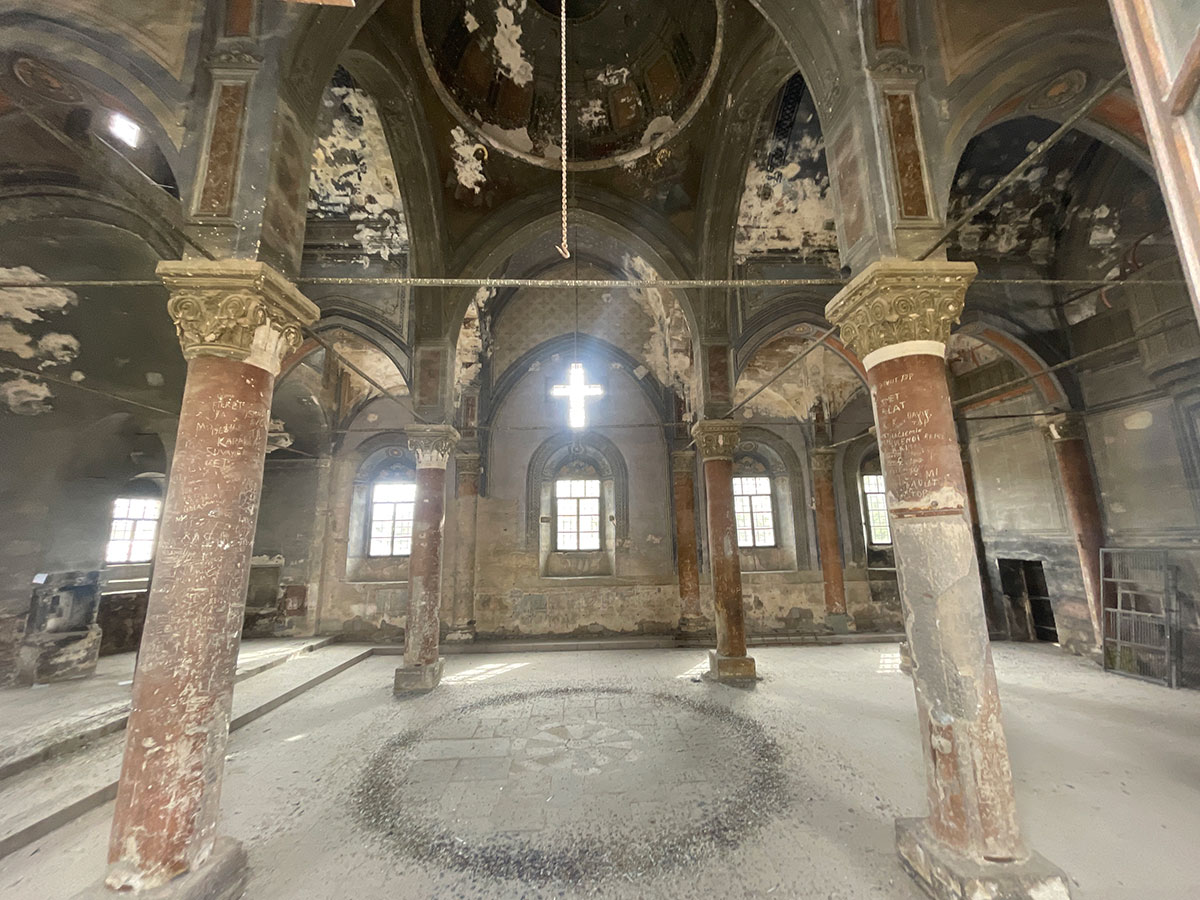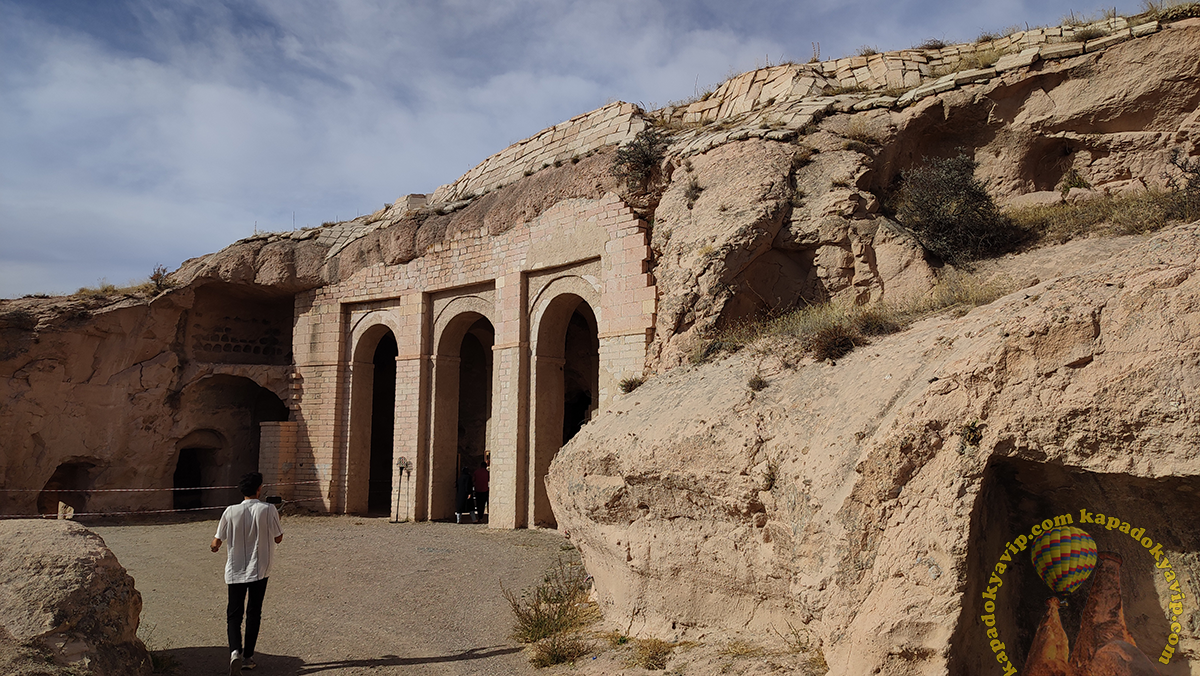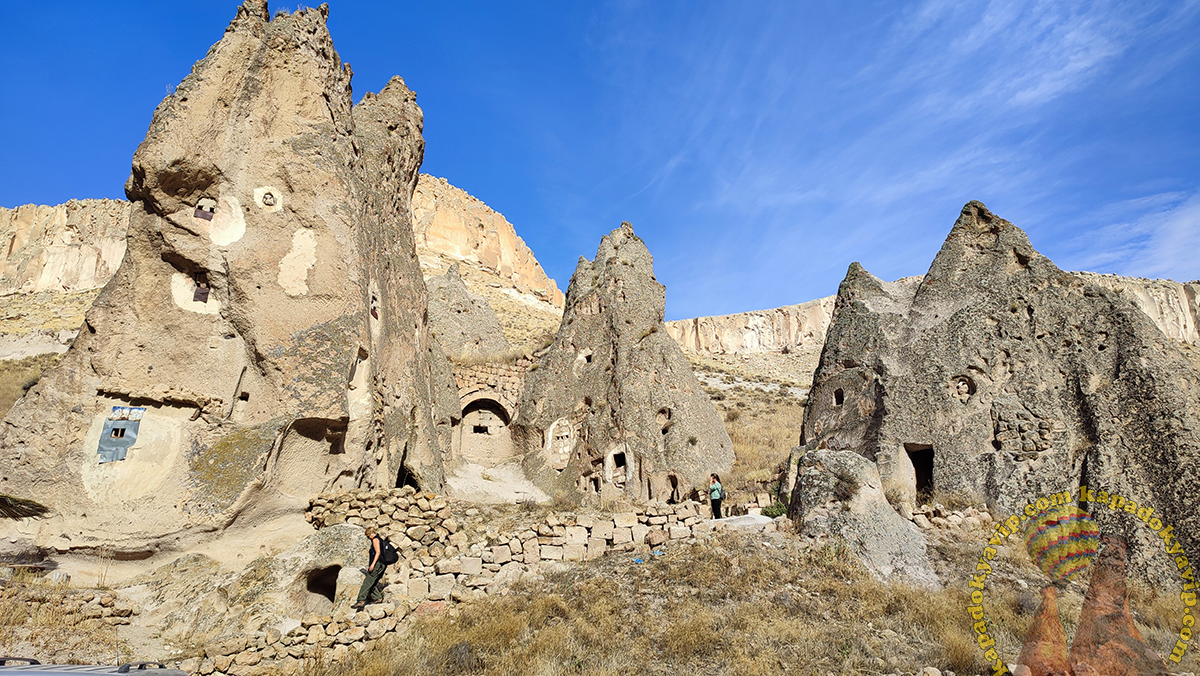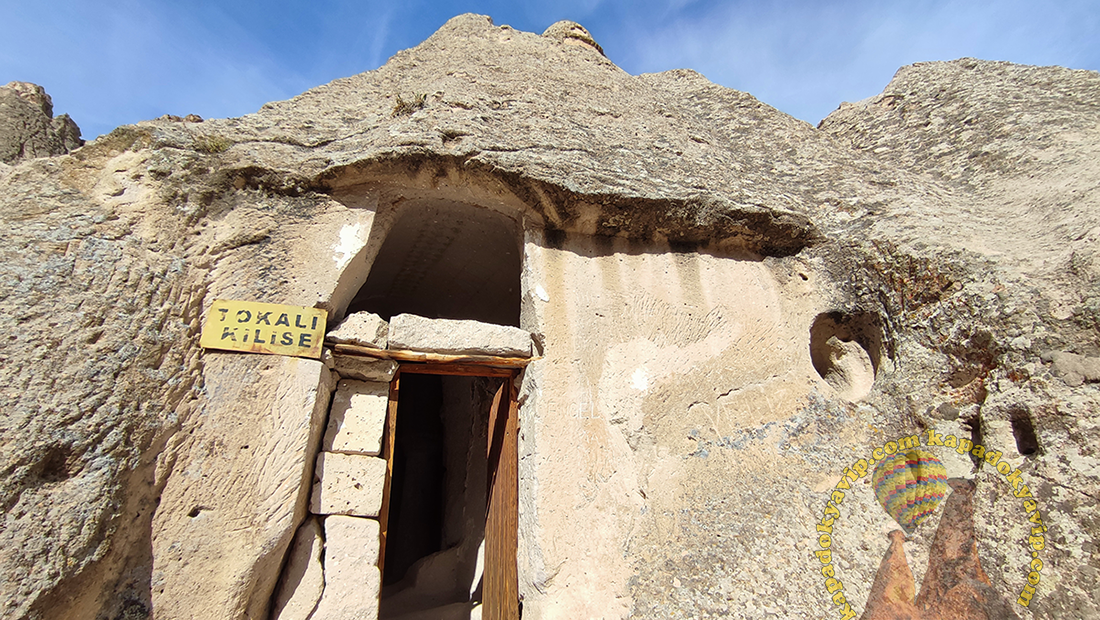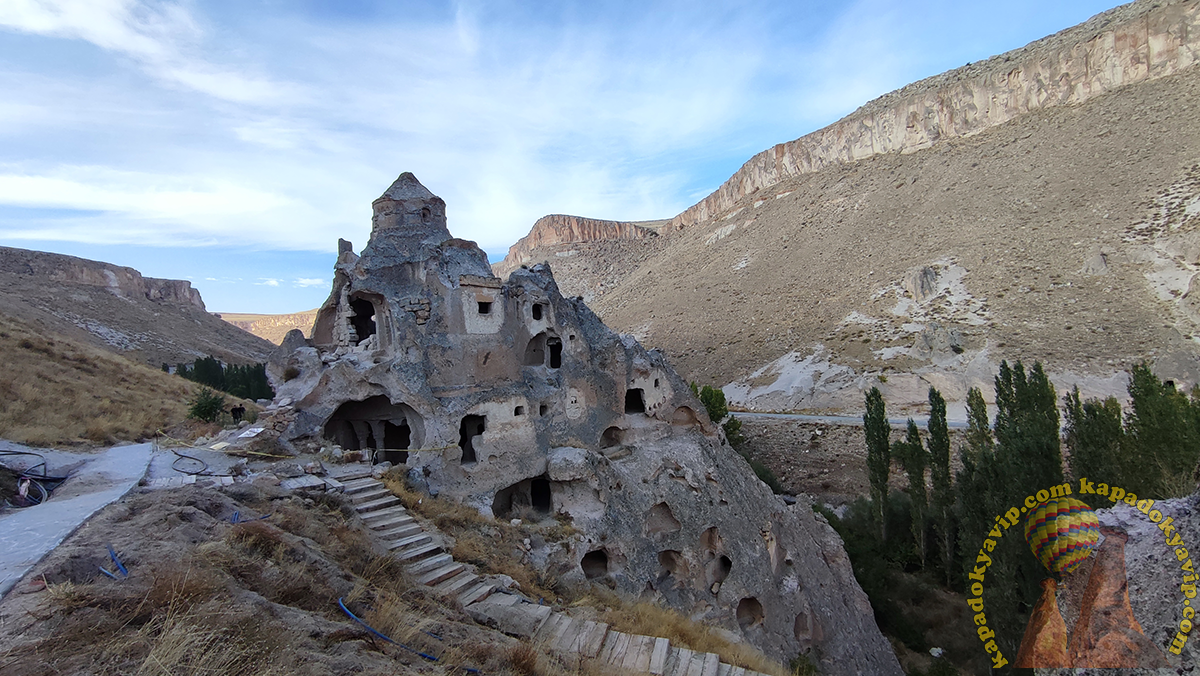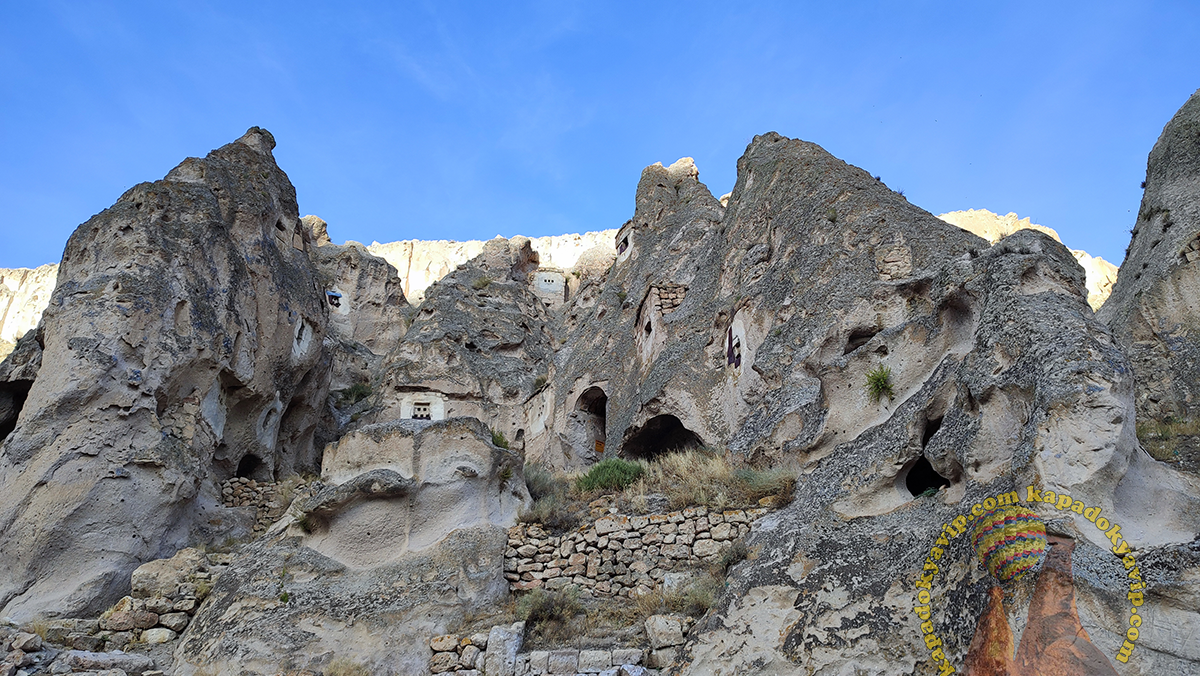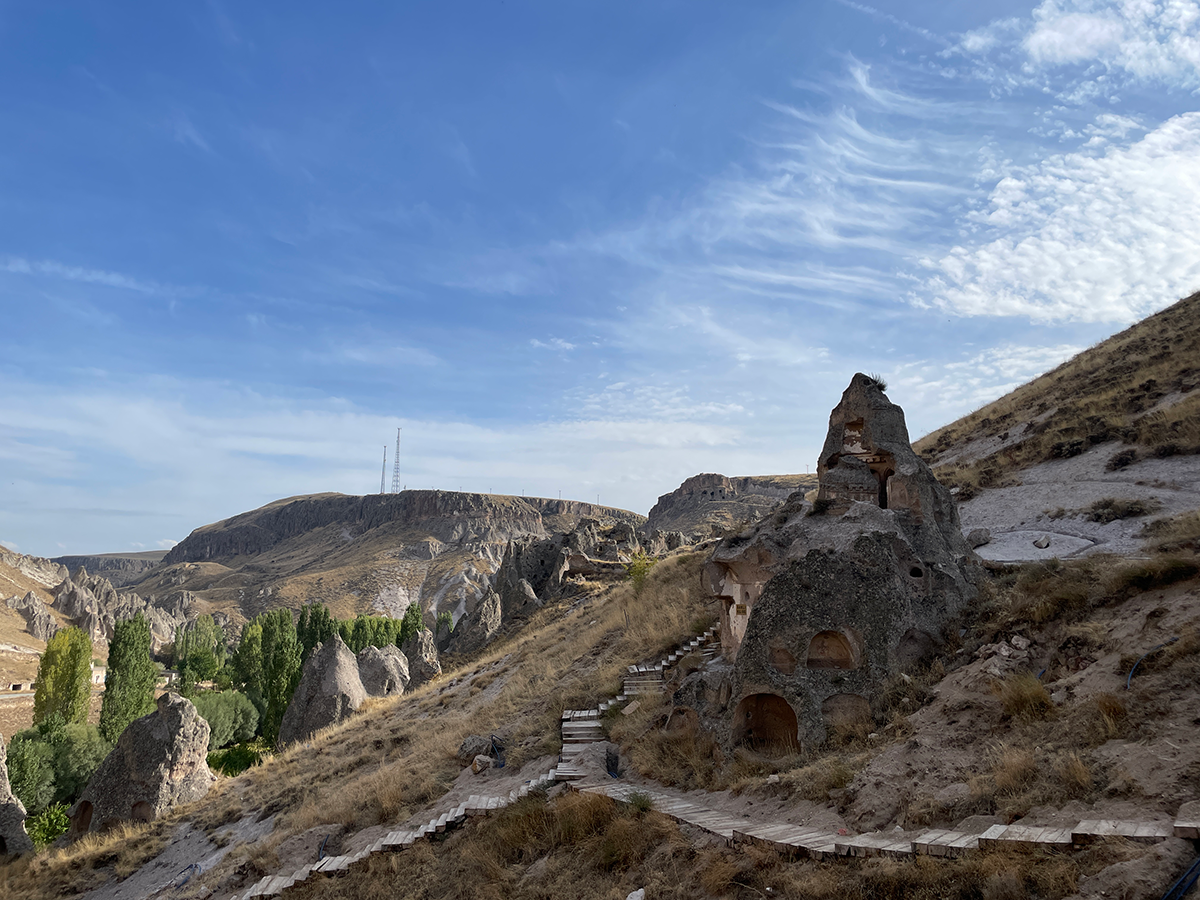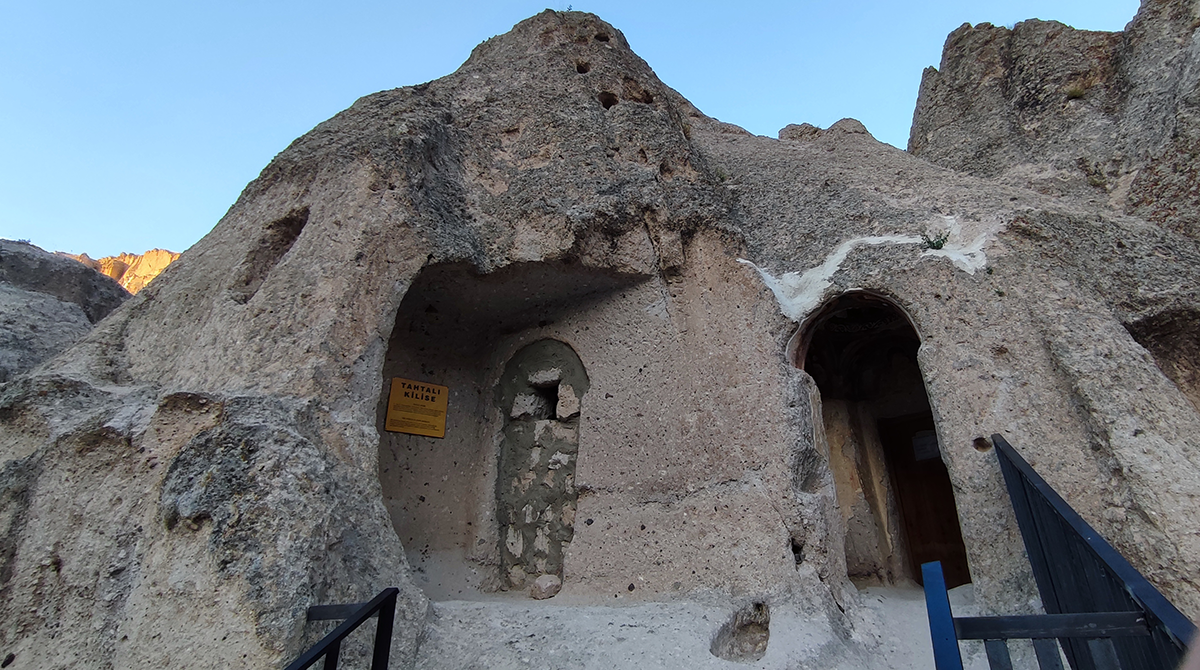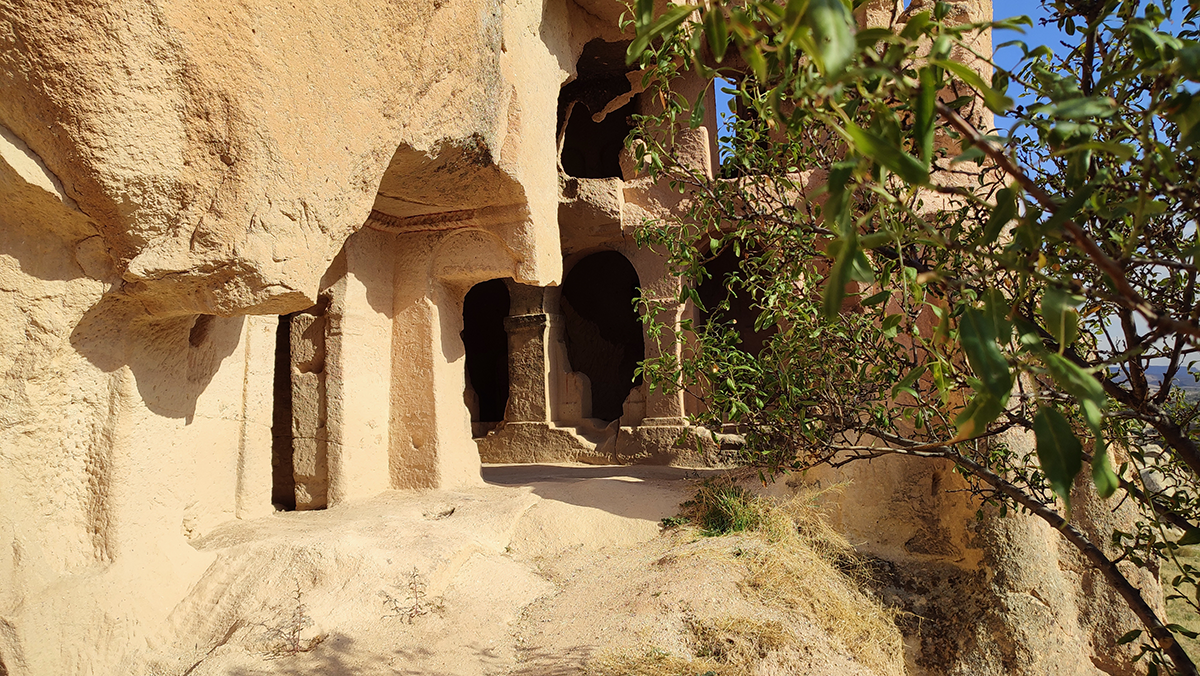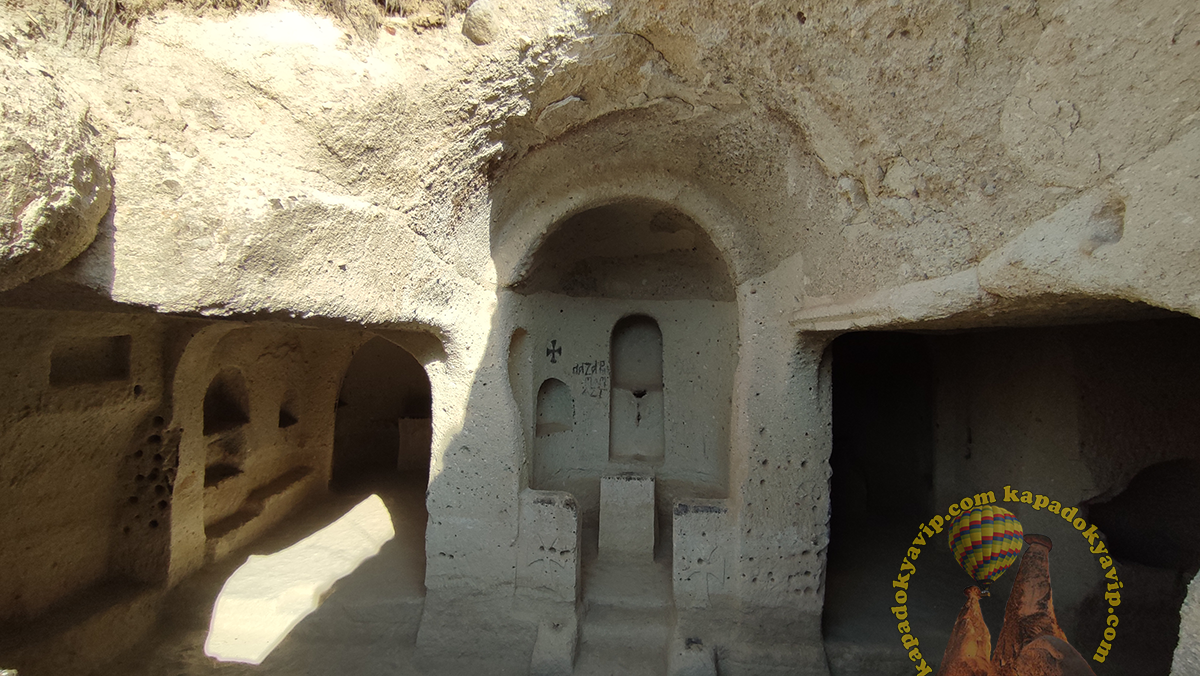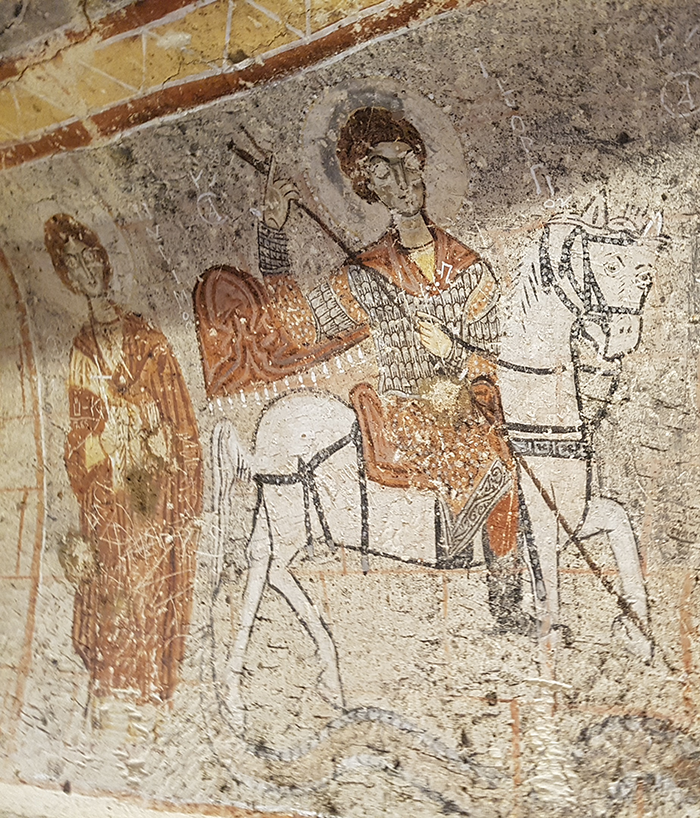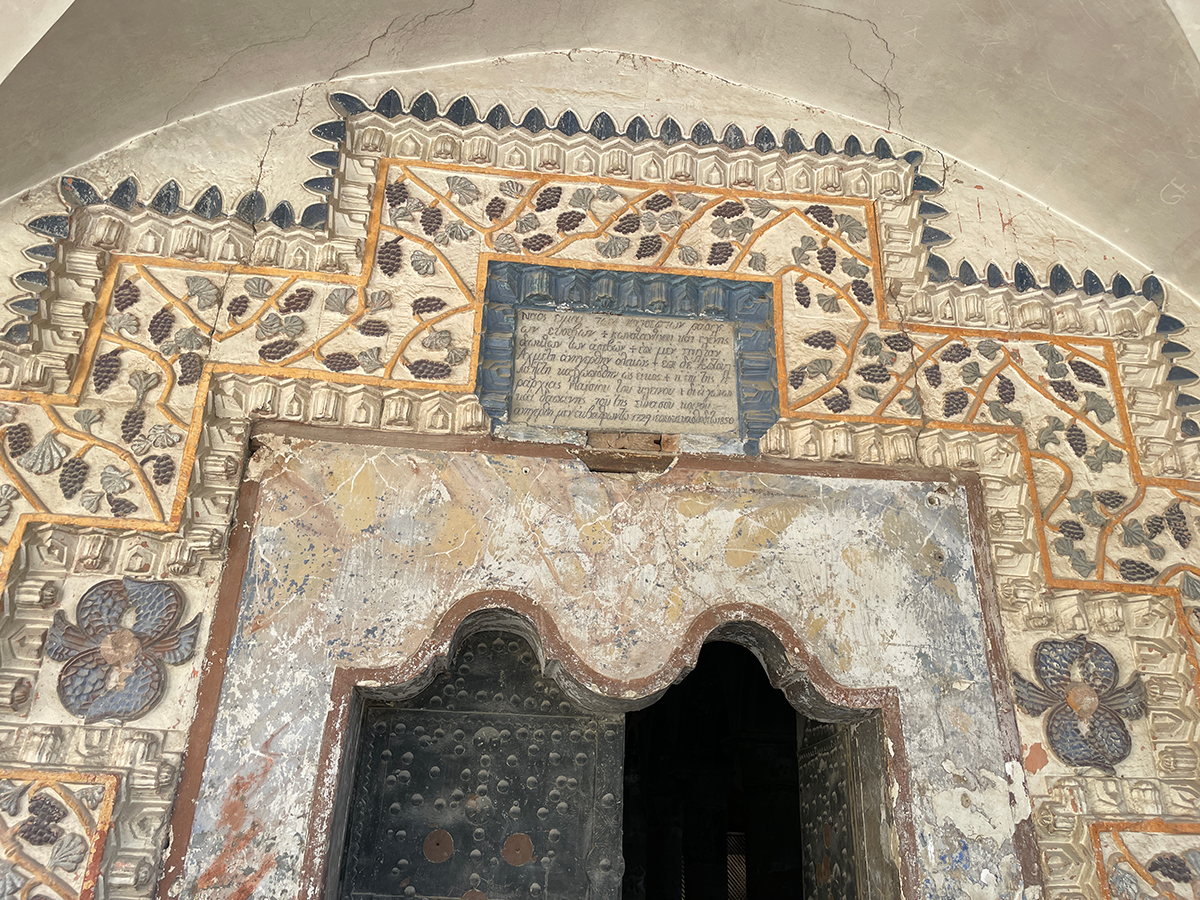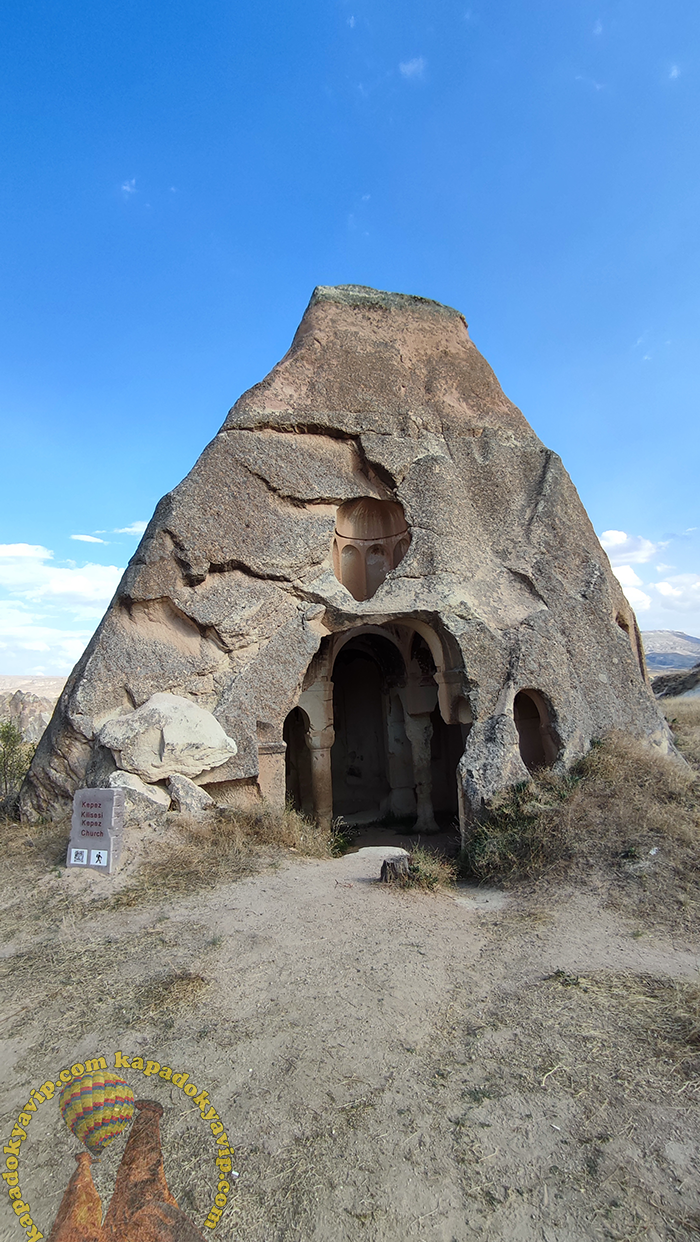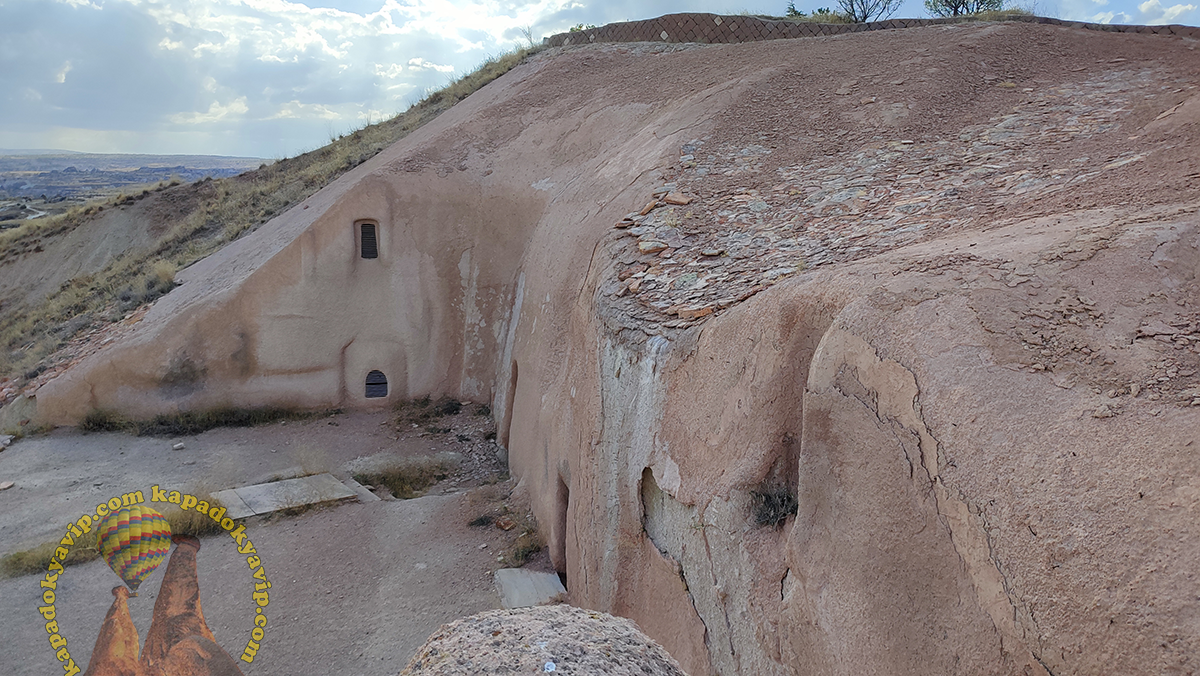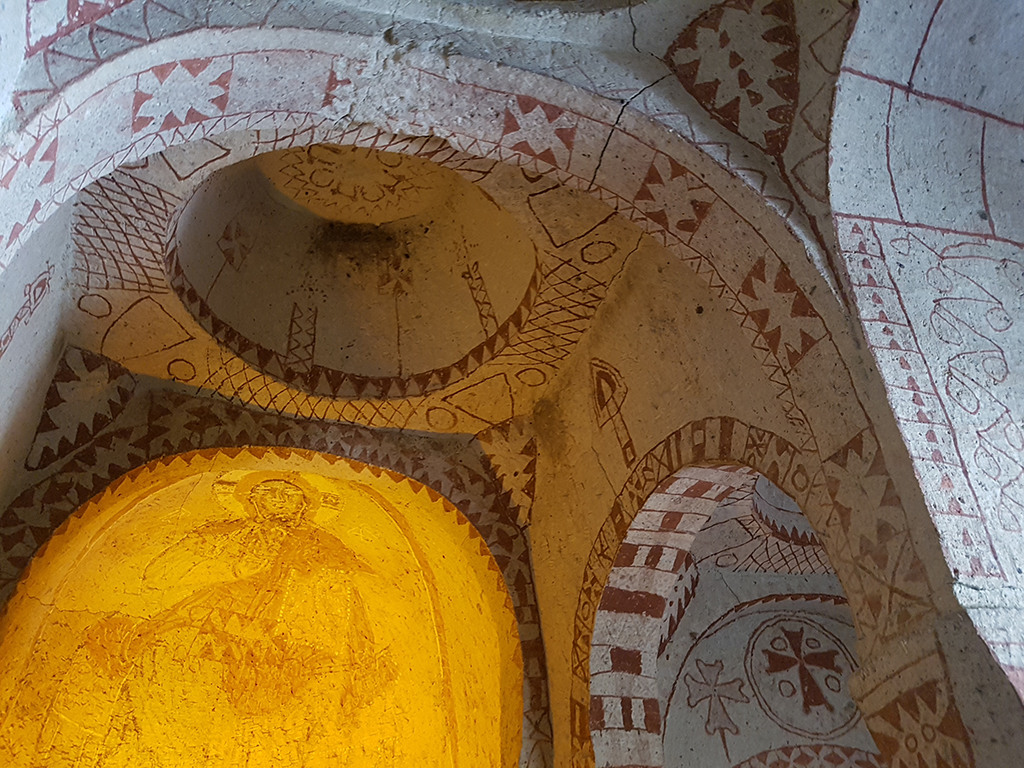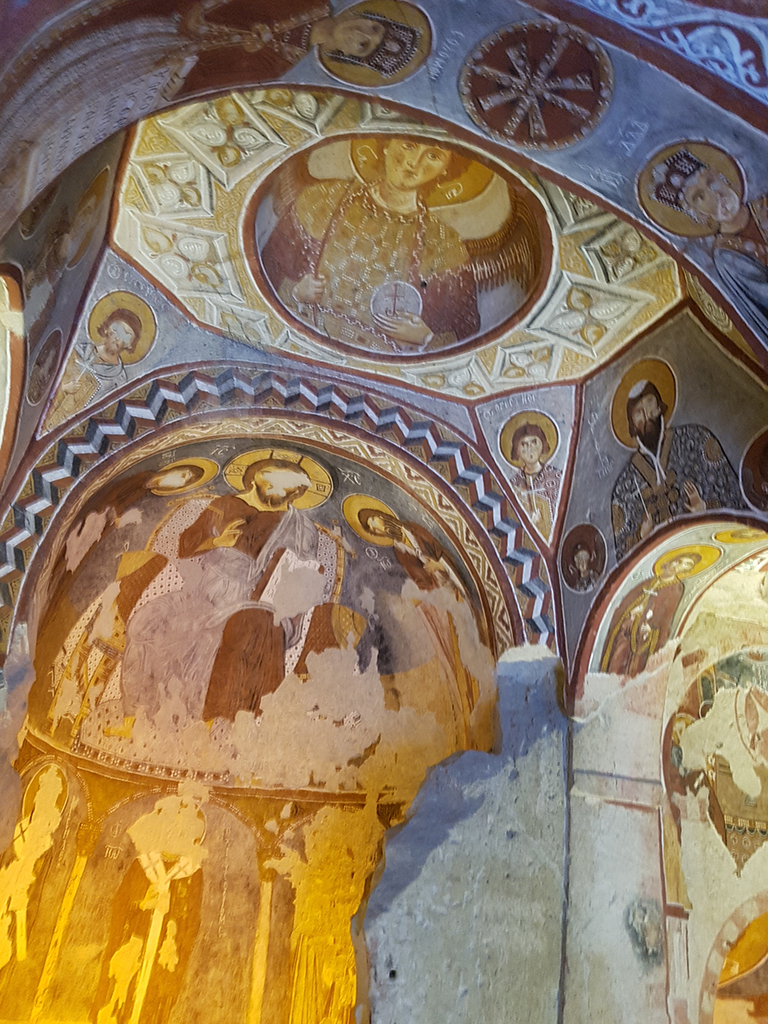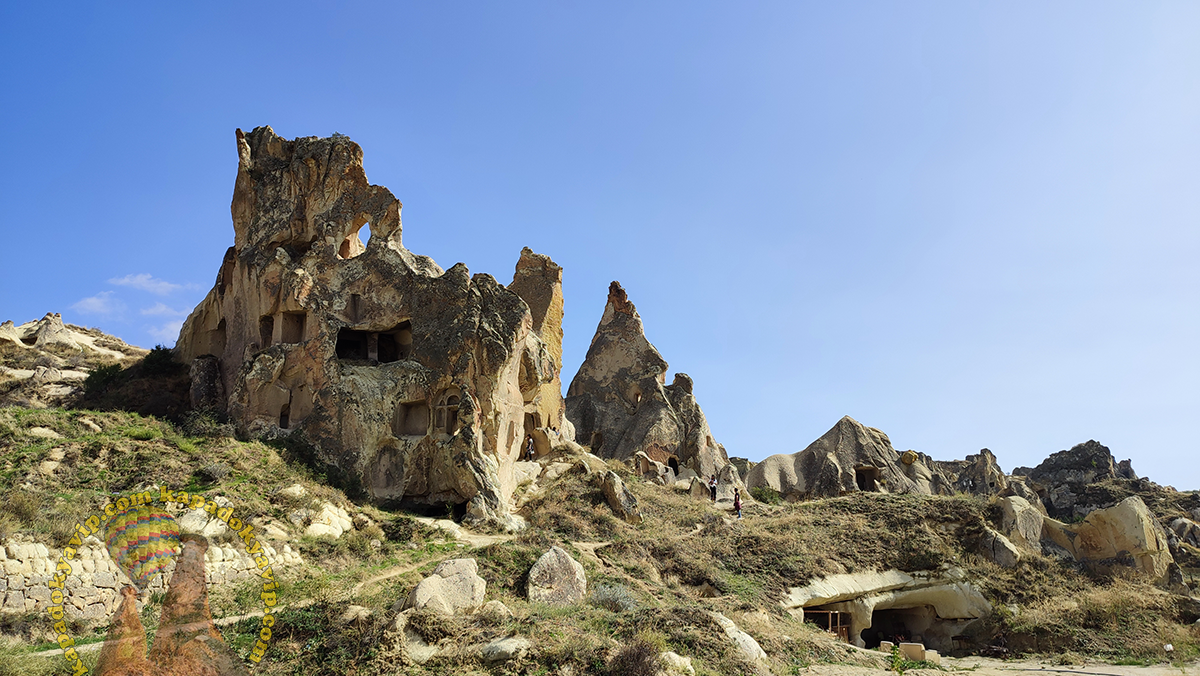Cappadocia Churches; All churches in the Cappadocia region have historical information. You can find a list of churches in the area.
List of Cappadocia Churches
Cappadocia churches contain the most significant historical traces of the region. The churches directly indicate that Cappadocia was a central living area. When you look at the history of Cappadocia, you can see that it dates back to the early ages. In the periods before the Common Era, belief in polytheistic religions was prevalent. However, during wars, the region was plundered, and many works from those periods were destroyed. Some of them have disappeared over the years and remained underground. In the years after the Common Era, it continued to exist as a living space for Christians in a significant time period.
Being located at the intersection of trade routes, especially when technology and transportation were not highly advanced, made Cappadocia even more valuable. It also became a destination for many Christian clergy and monks. Therefore, there are numerous churches in Cappadocia.
Cappadocian churches constitute a category that includes detailed information about all churches in the Cappadocia region. What are the detailed historical information about Cappadocian churches?
Churches of Cappadocia
For thousands of years, the Cappadocia region has hosted numerous civilizations, and you can observe that there are approximately 400 churches in the area. These churches were built in different time periods and vary in size.
A significant portion of the churches used stones extracted from Cappadocia. It is remarkable that, despite the passing of many years, the drawings inside the churches can still be clearly seen.
There are many churches built into the fairy chimneys. Additionally, these churches often have living spaces such as cellars and dining areas inside. This indicates that the churches in the region were sometimes used as living spaces. At times, clergy would retreat into the churches for seclusion, and during attacks, the churches would turn into shelters.
Today, a significant number of the churches in Cappadocia are not actively used but are open to tourists. While photography and videography are generally allowed, it's advisable to check with the attendants when entering a church.
Visiting hours vary depending on the specific church, but generally, they are operated by the Ministry of Culture and open at 08:00 in the morning. Closing time is 17:00 in winter, but during the busy tourist seasons of spring and summer, it can extend until 19:00.
Before exploring Cappadocia's churches, you can benefit from the content we have prepared about each church. To make your program more efficient, you can mark churches in the same area and create a plan to visit them simultaneously.
If you join a Cappadocia tour, you can explore the churches with a professional tour guide and get detailed information about them. If you prefer planning your holiday yourself, it's beneficial to study the history of the churches beforehand. This way, you can better understand the architecture and shapes you encounter during your visit.
The Most Important Churches of Cappadocia
- Tokalı Church
- Elmalı Church
- Barbara Church
- Yilanli Church
- Dark Church
- Çarıklı Church
- Al Nazar Church
- Church of St. John the Baptist
- Crusader Church
- Swords Church
- Pancarlik Church
- Yusuf Koç Church
- St. Theodore Church
- Tavsanli Church
- St. Basil's Chapel
- Uzumlu Church
- Saint Catherine
- Dereyamanli Church
- St.Jean Church
- Chapel of St. Barbara
- Church of Constantine

